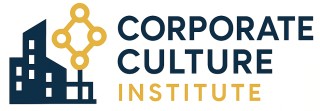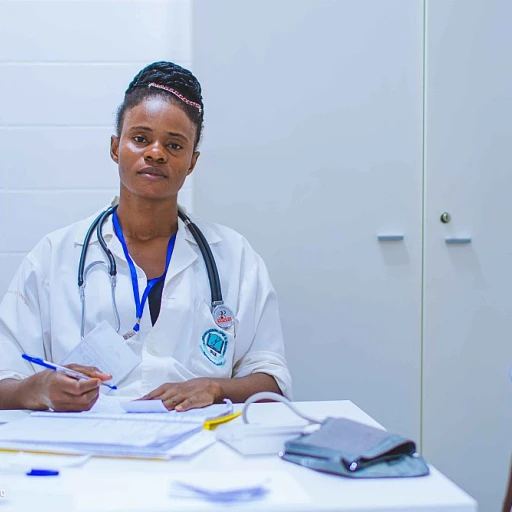
Understanding Development Goals in Corporate Culture
Unraveling the Significance of Development Goals in Corporate Culture
Development goals, both personal and organizational, serve as vital components within the intricate framework of corporate culture. They are not mere aspirations but strategic plans that help bridge the gap between where an organization or an individual is and where they aim to be. Setting development goals is crucial as it leads to measurable improvements across various facets of professional life. These goals often encompass diverse areas such as enhancing skills like time management or public speaking, boosting performance through goal-oriented work, and fostering professional development by aligning personal ambitions with organizational objectives. In a workplace context, the concept of development goals is usually subdivided into short-term and long-term objectives. Short-term goals might focus on immediate enhancements in communication skills or project management. In contrast, long-term aspirations could include mastering leadership capabilities or other advanced management skills. Moreover, integrating development goals into corporate culture aids in achieving a meticulous balance between employee development and career goals. This alignment ensures that both employees and the organization reap mutually beneficial rewards, solidifying overall growth and performance goals. For those aspiring to delve deeper into the role of development goals within a corporate framework, consider exploring the enchantment of Disney's corporate culture. This example provides a practical perspective on how companies with strong cultures implement and manage their development strategies. Understanding how development goals integrate with broader corporate culture dynamics is pivotal—not just for professional growth and career advancement, but for nurturing a thriving, goals-oriented team environment.Aligning Personal and Organizational Goals
Aligning Individual Aspirations with Organizational Objectives
In today’s dynamic corporate environment, ensuring the alignment between personal aspirations and organizational objectives is crucial for fostering professional growth and improving overall performance. Employees often have distinct professional development and career goals which, when harmonized with the company’s objectives, can lead to enhanced company outcomes and employee satisfaction.
Leaders must prioritize this alignment by recognizing both short term and long term goals of the workforce. Regular feedback sessions can help in understanding individual development goals and how they fit with the company's mission. Focusing on skills such as time management, communication skills, and technical skills is key to achieving mutual objectives.
Here are a few strategic actions companies can take:
- Clear Communication: Ensure all employees understand the organizational goals and how their roles contribute to these objectives.
- Mentoring and Coaching: Provide access to leadership development and performance coaching, helping employees strengthen management skills and achieve personal career growth.
- Personalized Development Plans: Work towards setting individualized development goals that cater not only to the company’s success but also to the employee development.
These steps promote a cohesive work environment where both individual aspirations and corporate ambitions are nurtured. To explore more examples of aligning individual and organizational aspirations, consider taking a look at Google's approach to corporate culture, where they emphasize innovation and employee engagement in their core culture.
Examples of Effective Development Goals
Effective Strategies for Development Goals
When setting development goals in the corporate world, it's crucial to consider examples that can genuinely drive professional growth. Well-defined goals not only help employees improve their skills but also align with the overall organizational objectives, enhancing performance across the board.
- Enhancing Communication Skills: Focusing on communication allows team members to express ideas clearly, engage with coworkers effectively, and participate in meaningful discussions. Improved communication can bolster team dynamics and lead to more productive work environments.
- Time Management Optimization: Good time management is essential for meeting both personal and organizational objectives. Employees who optimize their time can better handle workloads and complete projects efficiently, benefiting the whole team.
- Developing Leadership Abilities: Leadership development is not only about taking charge but also about inspiring others. Employees who pursue leadership skills can motivate their colleagues and contribute positively to the company's culture and performance.
- Technical Skills Advancement: As technology evolves, so do workplace demands. By setting a goal to advance technical capabilities, employees ensure they remain valuable assets and adapt to changes in the industry.
- Project and Team Management: Developing skills in project and team management involves more than task supervision; it requires strategic thinking and a deep understanding of team strengths and weaknesses. This goal is essential for those looking to advance to management positions.
- Improving Problem-Solving Abilities: Problem-solving is a critical competency that enables employees to navigate challenges effectively and contribute innovative solutions. Cultivating this skill can significantly impact both short-term and long-term organizational success.
- Public Speaking and Presentation Skills: For employees involved in client interactions or internal presentations, improving public speaking abilities can significantly enhance career prospects and personal development.
It is important to have a strategic approach when considering these effective strategies for performance improvement plans. Each goal example not only addresses specific professional competencies but also contributes to broader corporate objectives, thereby reinforcing the link between personal growth and organizational success. As you align personal and organizational goals, consider how these examples can guide your team toward continuous development and achievement.
Challenges in Setting Development Goals
Overcoming Obstacles in Establishing Development Goals
Setting development goals in a corporate culture can be riddled with challenges, requiring a careful balance between personal aspirations and organizational objectives. Let's explore some common challenges faced in this process.- Lack of Alignment: Without a clear understanding of how individual goals support the broader organizational vision, efforts might become disjointed. It's crucial for employees to see the connection between their personal development goals and the company's mission to ensure both personal and organizational growth.
- Limited Resources and Support: Resources such as time, management guidance, and training programs are essential for achieving development goals. Employees often face hurdles when these resources are insufficient, impacting their ability to work on skills development or enhance performance.
- Resistance to Change: The change inherent in striving for new goals can be met with resistance, both from employees who may fear failure and from leadership hesitant to alter established processes. Cultivating an environment that encourages risk-taking and continuous learning can help mitigate this resistance.
- Inconsistent Feedback Mechanisms: Development goals depend heavily on consistent and constructive feedback. Without an effective feedback loop, employees can struggle to measure their progress or adjust their strategies to improve work performance.













